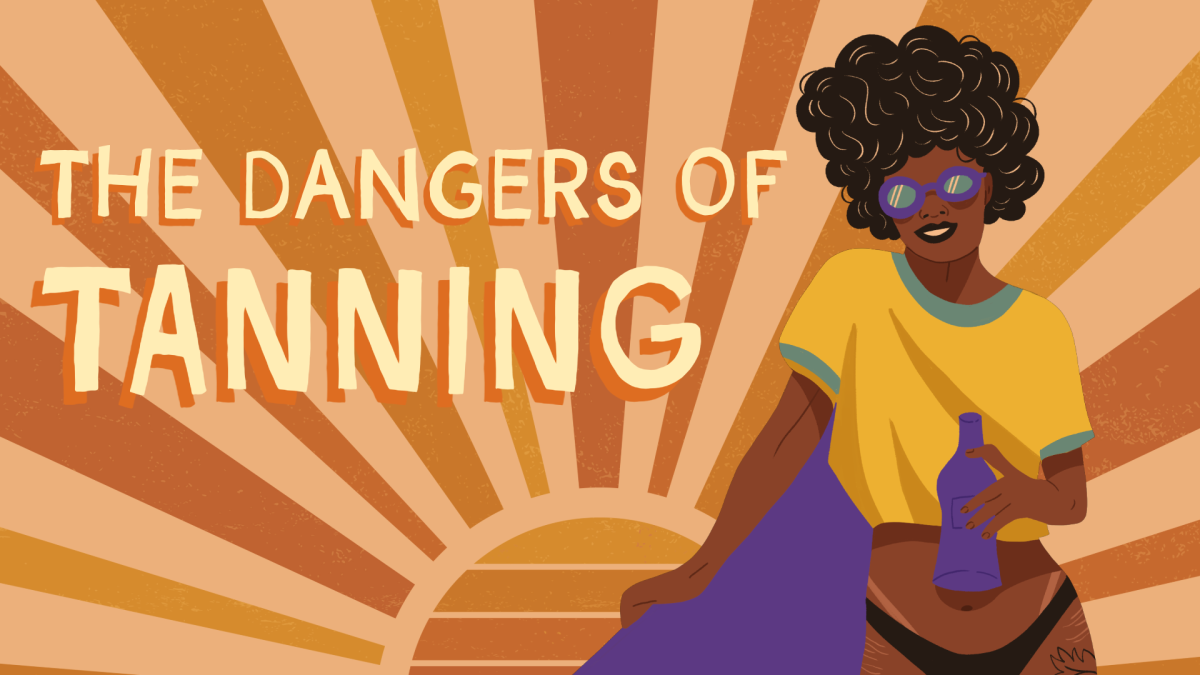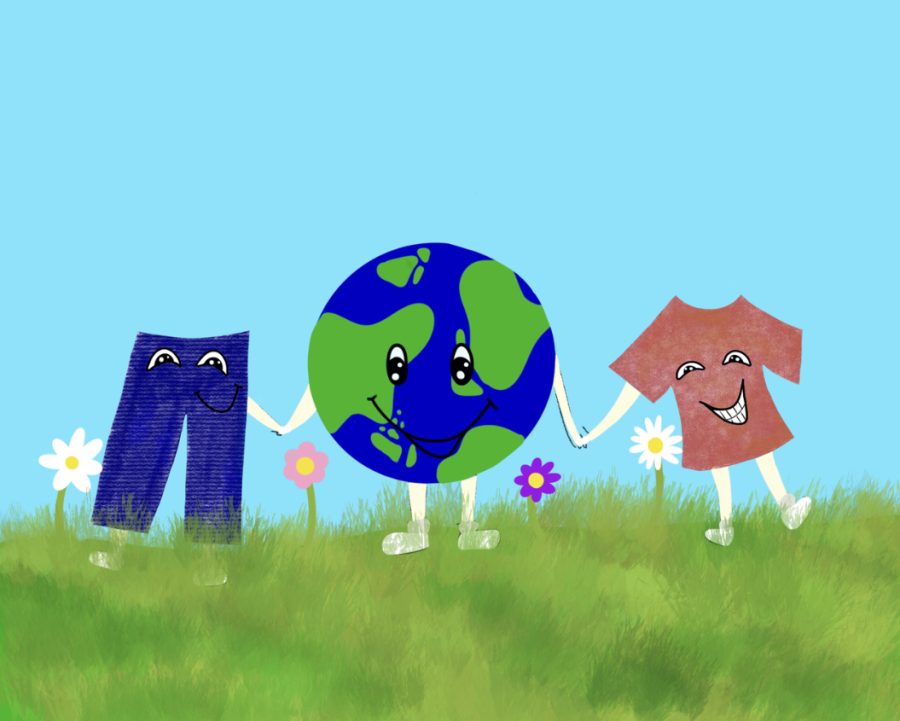Too often, people get caught up in the mindset that what they do does not make a difference in the world; they are just one out of billions of people, so what difference could they actually make? Making an impact on the environment, however, is easier than it seems: here are six tips to live a more environmentally conscious lifestyle.
On top of being expensive, the livestock industry has a major impact on the environment, as it contributes to 18% of human-produced greenhouse gases, according to the Food and Agriculture Organization. It also emits more greenhouse gas than ships, planes, trucks, cars and all other means of transportation combined. Once a week, try having a “Meatless Monday,” which is not only healthier (too much meat has a bad effect on health) but also will have a positive impact on the environment.
Who knew saving money and the planet at the same time was so easy? Starbucks and Dunkin Donuts offer reusable cups that not only help insulate the drinks but also cost you less: Dunkin Donuts charges only 99 cents for both hot and iced drinks with a reusable cup, and Starbucks gives a 10 cent discount for every drink filled in a reusable cup (varied based on location). Using a reusable cup also contributes to eliminating plastic straw usage, since there are an estimated 7.5 million straws on United States shorelines, according to phys.org.
After getting home from the grocery store, finding dozens of bags strewn over the counter is not uncommon; in fact, Americans use approximately 100 billion plastic bags per year, according to Waste Management. Reusable shopping bags can be purchased nearly anywhere and are a much more environmentally conscious alternative to plastic bags—as long as you remember to bring them with you.
Although buying cheap and trendy clothing from online stores like SheIn, Romwe and Forever 21 is fun, in reality, most people only end up wearing the clothes for a few months before they become “so last season” and end up getting rid of them. Although nearly 100 percent of clothing is recyclable, an estimated 85 percent ends up in the landfill, according to the Environmental Protection Agency. Thrift shopping—more than a song by Macklemore—is an inexpensive alternative offering every oversized sweater and random T-shirt imaginable. Aside from saving money on clothes, thrifting is a great and easy way to reuse clothes instead of buying new ones.
Yes, sometimes everyone needs to be alone in their car blasting Drake, but carpooling has been proven to reduce traffic and greenhouse gases, according to Wake Forest University, who stated that carpooling once a week can decrease a driver’s carbon footprint by an estimated 20 percent. Carpooling with friends is not only more convenient but more fun, despite how cathartic driving alone is. Plus, saving money on gas is something nearly every high school student strives for.
Most importantly, getting out the negative mindset that nothing one person does will make a significant impact on the world is the first step to living a more green life. So whether being green means going over a friend’s house instead of driving around—yes, it is possible—or getting sweaters at Savers instead of American Eagle, know that every action does make a significant impact regardless of how big or small it is.
(Photo/ af.mil)
















